32 quick tips for taking care of bearded dragons
These quick tips for taking care of bearded dragons are easy, simple and fuss-free
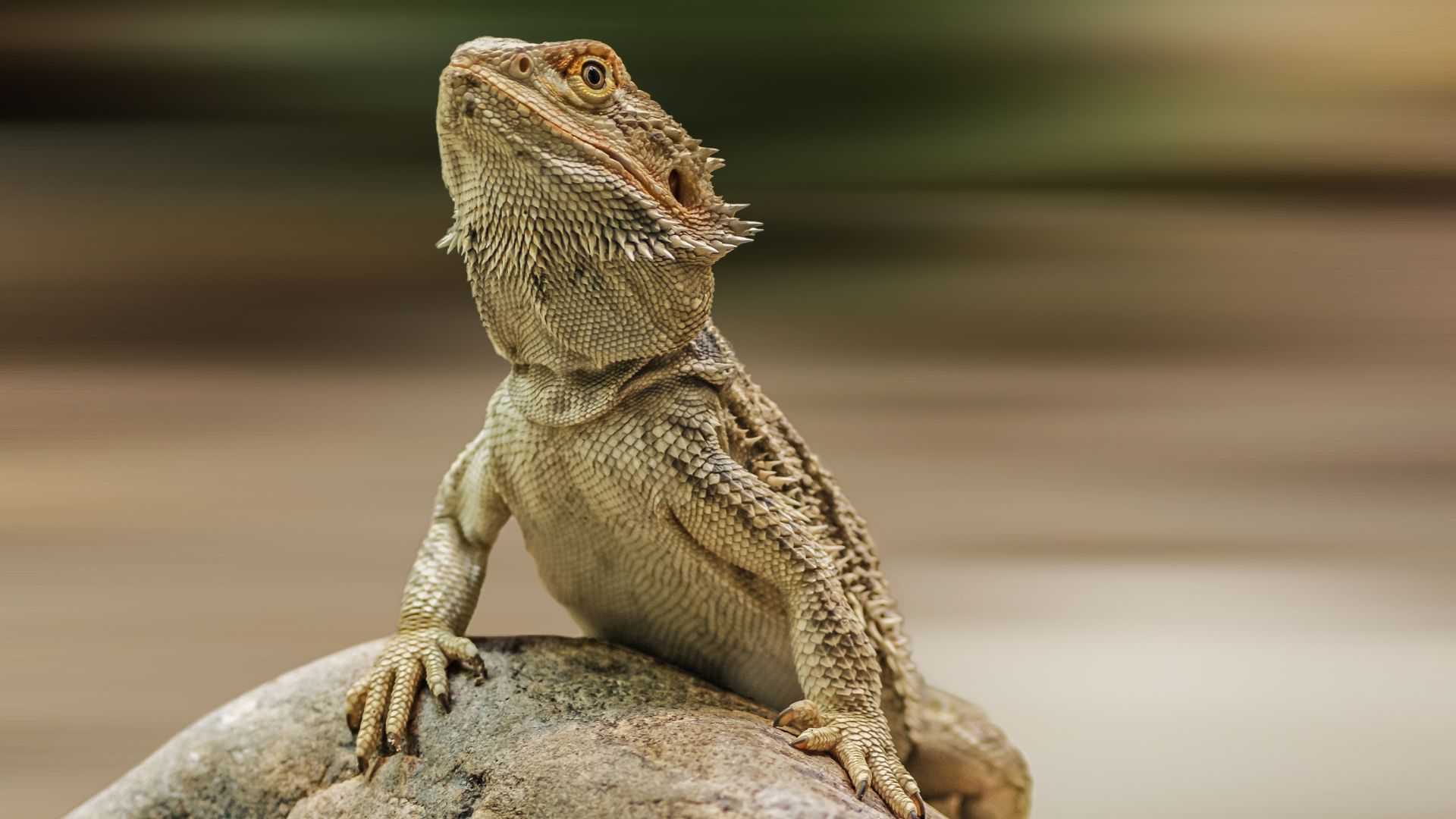
These quick tips for taking care of bearded dragons will help you keep your loveable reptile happy and healthy.
And better yet, they can be actioned in minutes. From providing the best toys for lizards, like a lounger or step ledge, to filling their diet with top-quality food.
That said, it’s worth noting that bearded dragon care can be quite specific, so you'll need to get the basics right. For example, they will need a varied diet and enough vitamins to help them thrive. Being cold-blooded and native to Australia, their environment needs to be kept at the right temperature. Care for your beautiful scale-skinned friend will also vary depending on the type of bearded dragon you have and their age.
To help you take even better care of your beardie, we’ve compiled a list of quick tips for taking care of bearded dragons.
32 quick tips for taking care of a bearded dragon
1. Invest in a decent vivarium
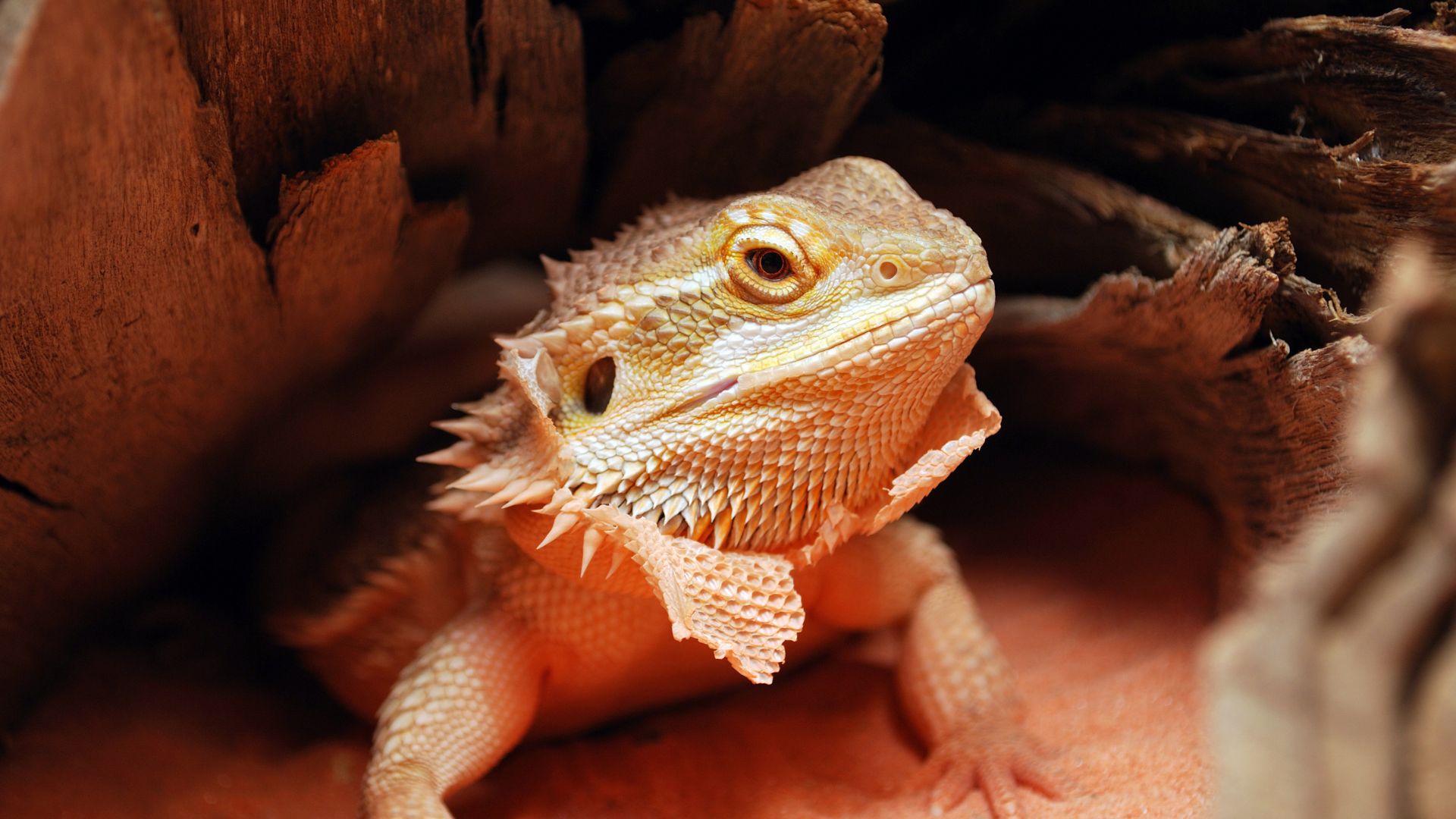
Simple, yet oh-so effective, investing in a decent, hardwearing, and made-to-last vivarium is a quickfire way to keep your beardie happy. In today’s market, you can choose between a plastic one or a wooden option.
2. Give them enough darkness
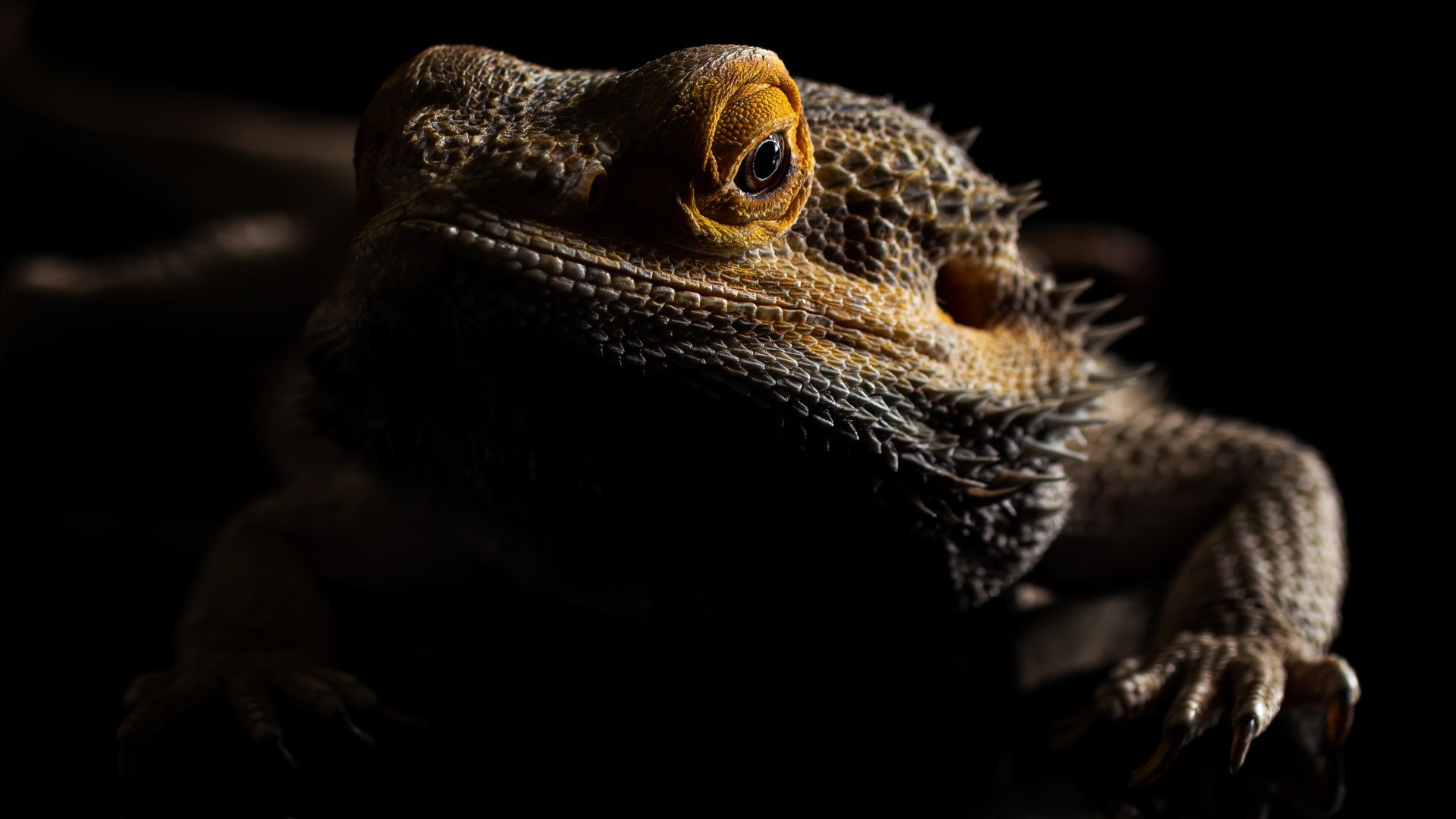
One interesting fact about bearded dragons is that they are diurnal, which means they are most active during the day and they sleep at night. To make sure they get a good night's kip, they will need to be in complete darkness for at least 8-12 hours.
3. A varied diet
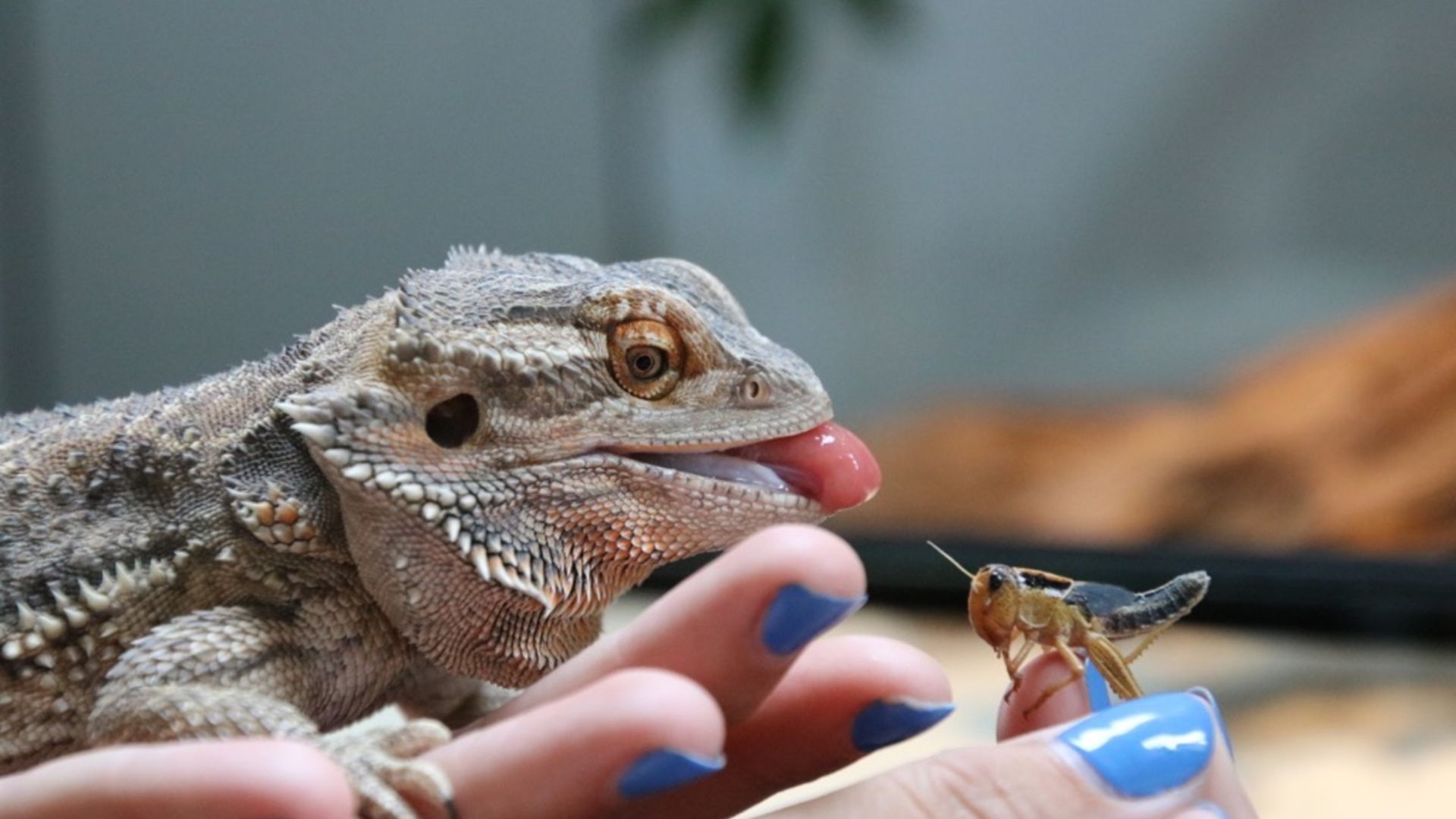
It makes sense: humans need a varied diet to thrive — and so does your lizard. For the most part, brown crickets are a favorite for beardies as they are easy to catch and digest. For a treat, they’re also partial to mealworms or cockroaches. Serve these up alongside lots of leafy greens, like kale and watercress, and colorful veg, like peppers, and your bearded dragon’s stomach (and heart) will be full!
Get the best advice, tips and top tech for your beloved Pets
4. Vitamins

Wondering how long bearded dragons live? If carefully looked after, they can live life by your side anywhere between eight to 12 years. And ensuring they have a well-balanced diet full of nutrients is key to helping them thrive.
In an ideal world, your bearded dragon would get most of its vitamins and minerals from the food they eat. However, to ensure they are getting all the nutrients they need, you can add some vitamin powders to their meals to help supplement their diet.
5. Enough space

According to the RSPCA, the minimum size vivarium for one adult dragon is 120cm long by 60cm high and 60 cm wide. But if space allows, you may wish to invest in a bigger one. That’s because bearded dragons might start small, but they grow quickly.
6. Give them their own space
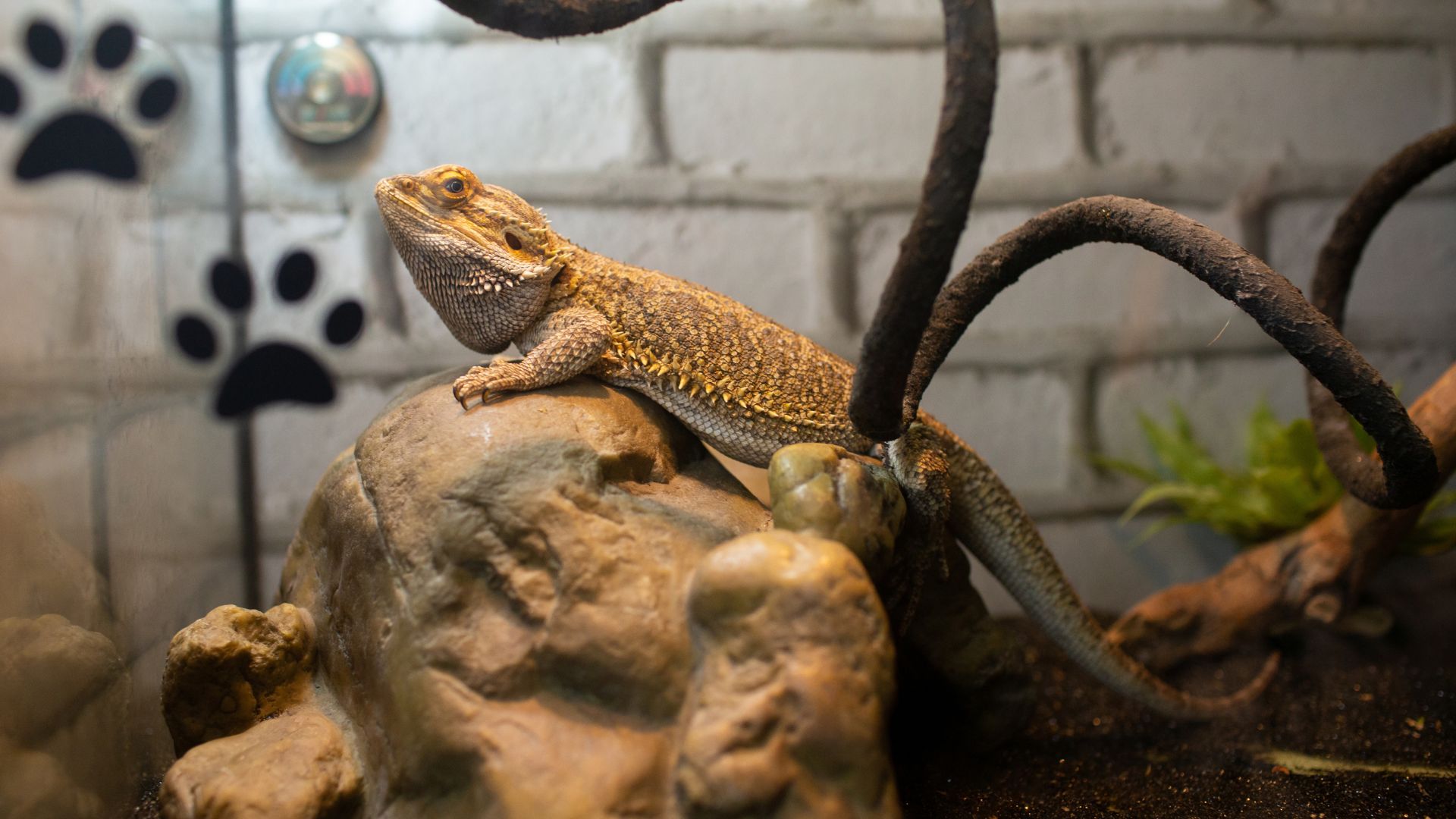
Talking of space — bearded dragons are solitary creatures and they like to have a lot of space to move around. It is therefore not generally recommended to keep more than one bearded dragon in a vivarium.
7. A clean cage
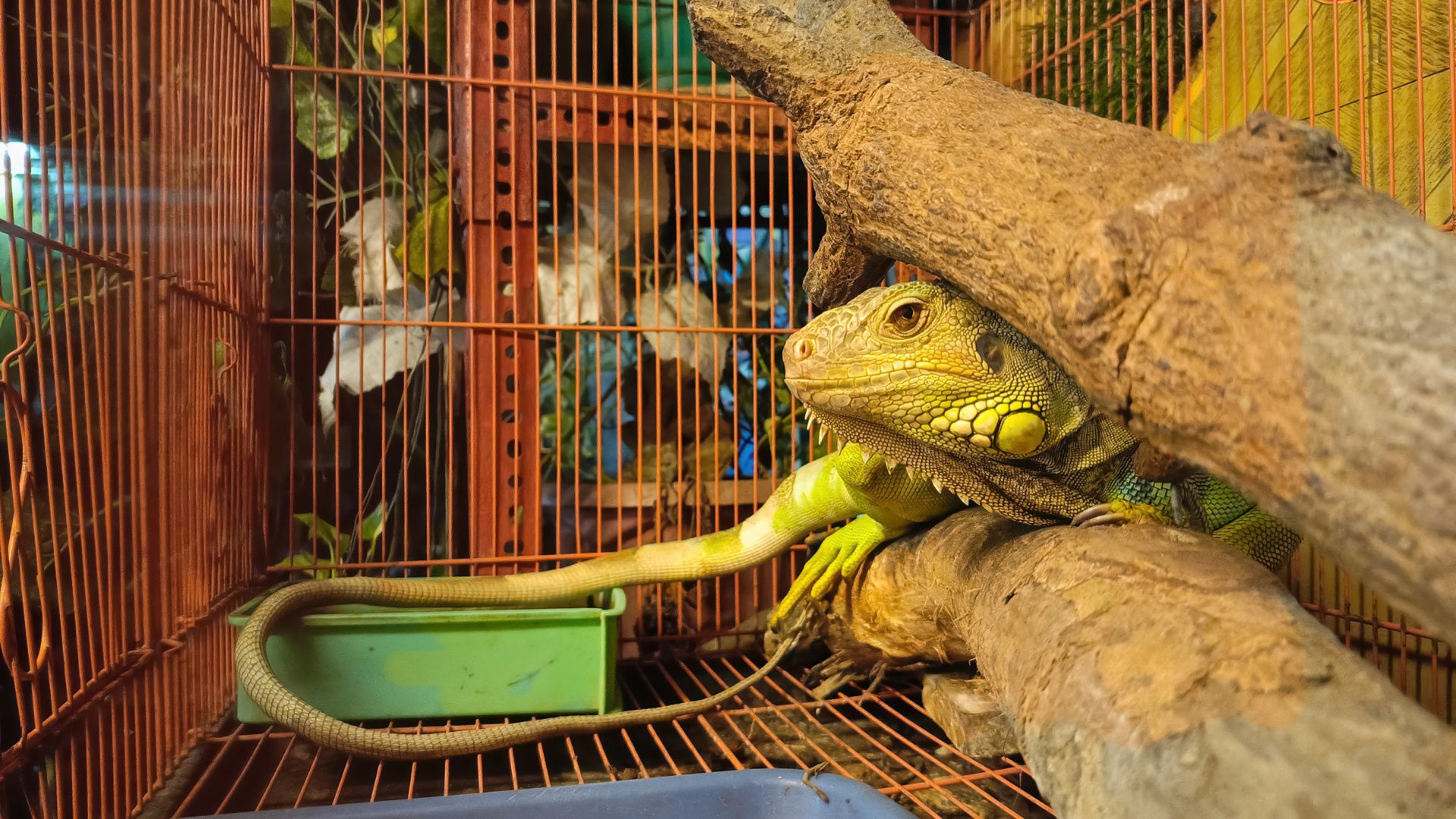
We all love a clean space to eat, sleep and repeat. And beardies are no different. Therefore, you should be removing uneaten food, refreshing drinking water, and scooping up any droppings from their vivarium daily.
8. Heat

If you're wondering, 'How long can bearded dragons go without heat?' allow us to enlighten you. Bearded dragons can only go 24 hours without heat. But this is only possible if the temperature stays at around 65F.
9. Let them lick you

Has your bearded dragon ever licked you? Well, firstly don’t panic! And secondly, know this: it’s your pet pal’s own way of getting to know you, by collecting information about your scent, taste, and temperature. Essentially, it can help them recognize you.
10. Bathe them

Have you noticed your bearded dragon is looking a bit scruffy? Then it might be time to give them a soak. While beardies won’t need bathing every day, depending on your pet pal, you may need to bathe them once or twice a week. Not only will this help them stay clean, but it can help with hydration too.
11. Don’t overstimulate them
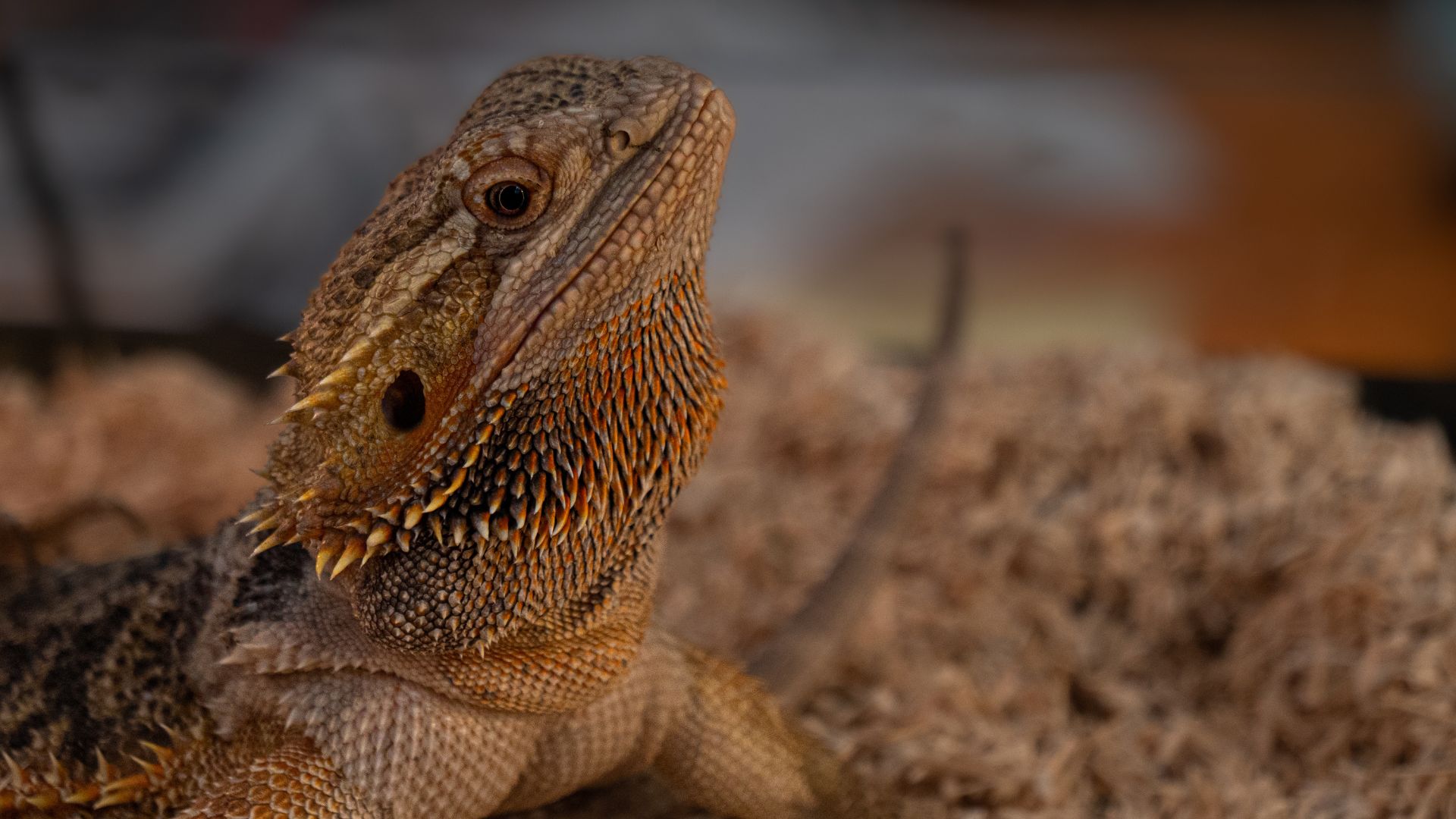
While beardies need a bit of upkeep to keep their environment stable, they won’t need lots (and lots) of handling. Instead, create a calm and quiet environment and try to avoid getting them out of their safe space too often.
12. Provide them with UVB light

This point is essential. To ensure your bearded dragon remains healthy, you should provide a UVB tube light at 10-12% on the hotter side of the vivarium. Failure to do so, your much-loved reptile could develop metabolic bone disease which could significantly shorten their lifespan.
13. Humidity levels
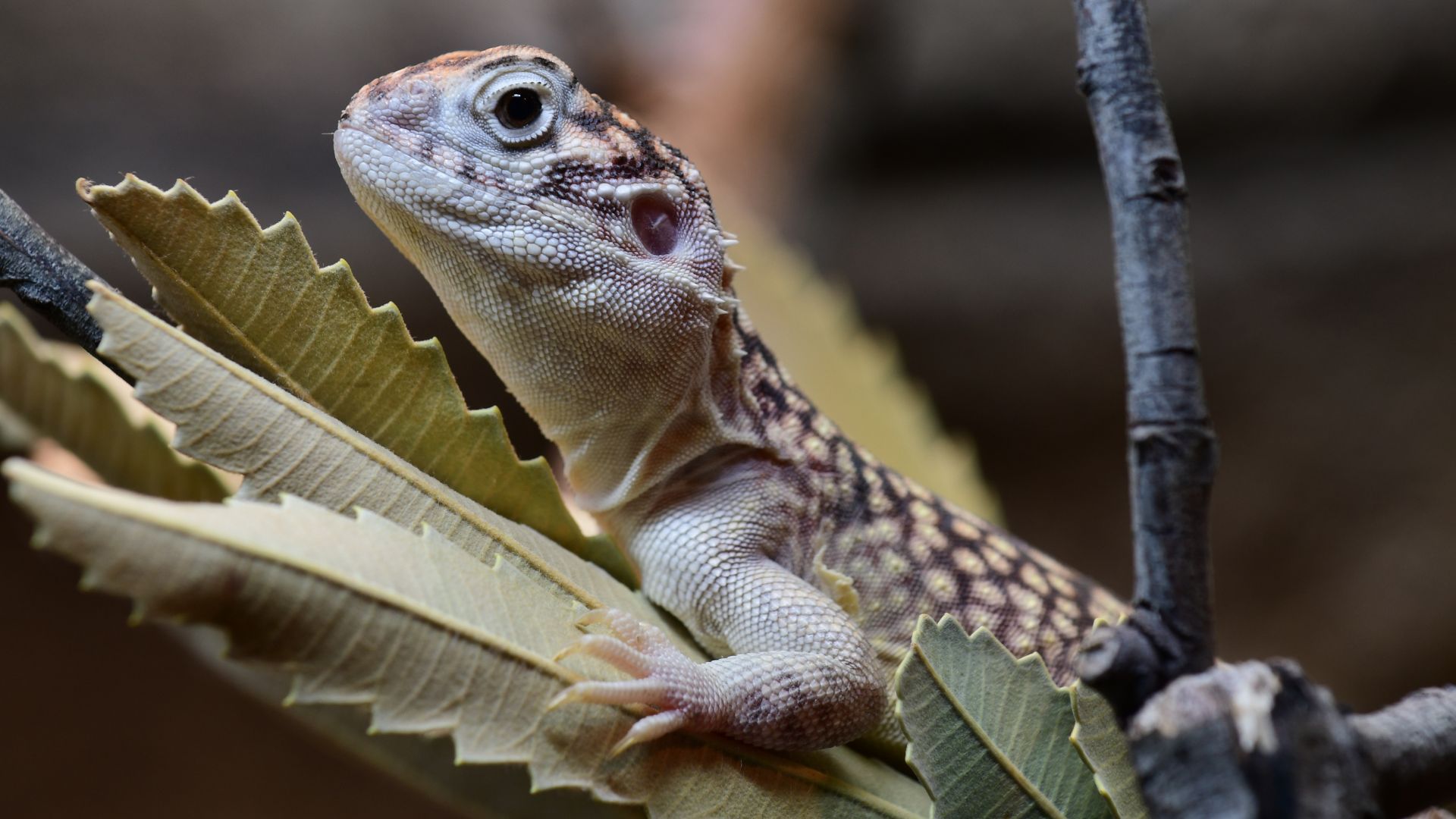
As you might have been able to tell by now, beardies need quite specific conditions to thrive in. According to the RSPCA, bearded dragons need low humidity levels to prevent breathing problems or skin troubles. To help stay on top of this, you should use a hygrometer which will help measure the humidity at the cool end. Therefore, humidity levels should be around 30 to 40%.
14. Substrate

A substrate is what you choose to put on the floor of your vivarium. In the wild, bearded lizards can be found basking in deserts and subtropical woodlands. Therefore, in captivity, you’ll need to replicate their natural environment to help encourage natural behaviors, like digging. A reptile-safe sand substrate or sand/soil mix is your best bet.
15. Treat them (very rarely) with fruit

So we know bearded dragons are omnivorous, but did you know these reptiles will devour fruit? Certain fruits, for bearded dragons, can be safe to eat but moderation is key. Naturally high in sugar, fruit should only be given as a real treat sparingly.
16. Good ventilation

If you do find that the humidity in your beardies’ vivarium is too high, their home will need more ventilation. To do this, you could add additional vents. Or use fans to reduce high humidity levels. You could also place the water bowl at the cool end of the tank.
17. Enrichment
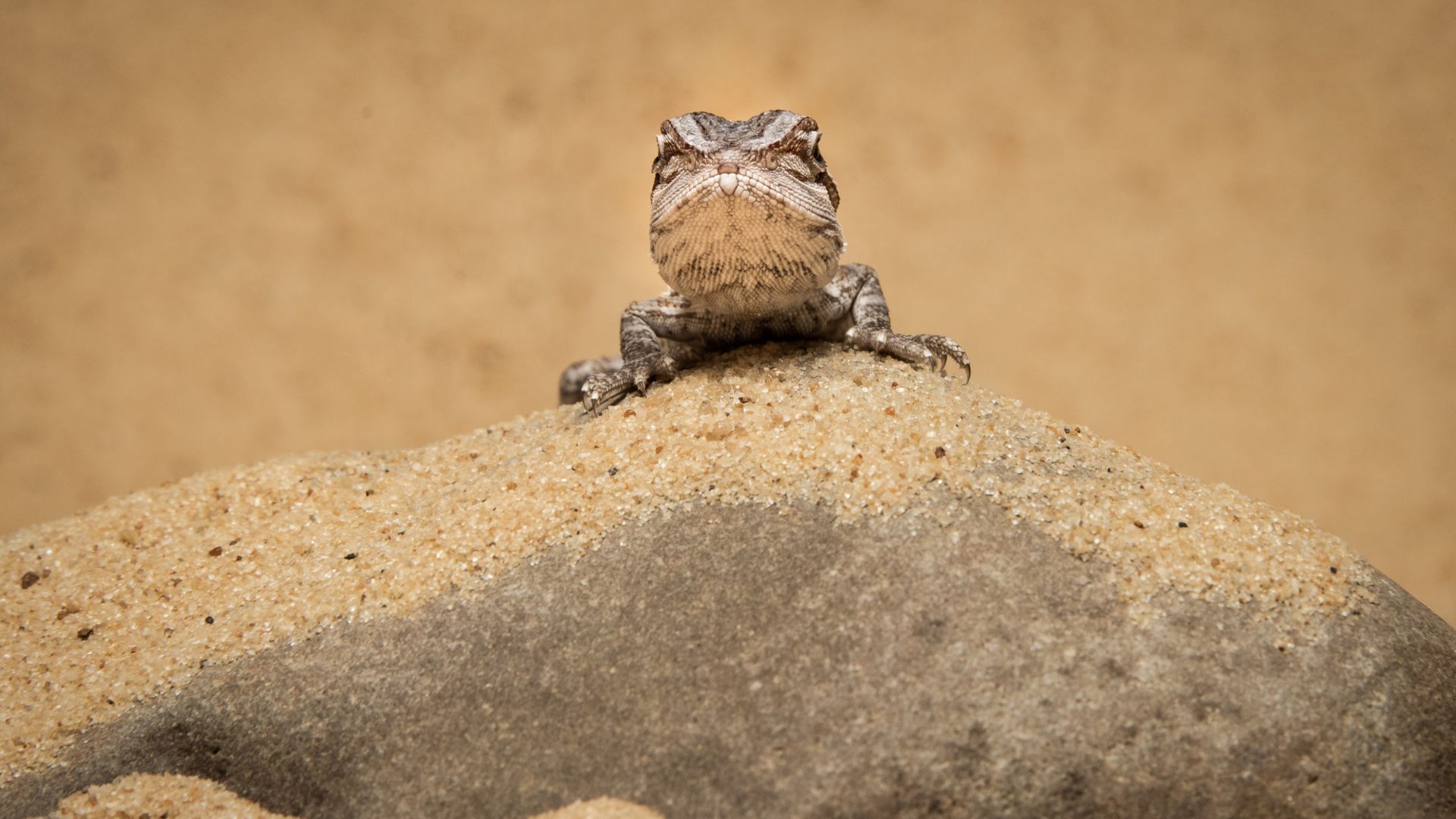
Enrichment for bearded dragons is a must when it comes to keeping these scaly friends happy and healthy. Whether it’s investing in some crinkle balls, branches for climbing, or a tunnel. But just remember — don’t go overboard. Bearded dragons like to have space. And if you fill their vivarium with too much enrichment, it may have the opposite effect.
18. Time with you

As we touched on, these pet pals are quite solitary creatures. However, that’s not to say they don’t enjoy spending time in your company. Around 10 to 15 minutes is enough time for your beardie to spend outside its vivarium. Too much longer and your reptile could see its core temperature drop.
19. Handle with care

All pets should be handled with the utmost care — and your bearded dragon is no different. To do so, gently scoop your pet pal up with two hands, making sure their body and all four legs are supported. If your lizard starts to back away, take this as a sign that they don’t wish to be touched right now.
20. Make sure they are shedding

Shedding is a completely normal part of a reptile’s life, as it’s part of their growth. More formally known as ecdysis, an adult bearded dragon might typically shed every few months. If you’re the proud owner of a baby beardie, you can expect them to shed every 20 to 30 days. Once you spot them shedding, misting them can help. So can giving them a warm bath. Just never pull the dead skin off yourself!
21. Keep an eye on them

After getting to know your beardie, you’ll be more aware of what’s ‘normal’ for them and what’s not. So do keep an eye on them. For example, you might notice abnormal droppings. Or perhaps you’ve noticed their eyes are sunken. Or that there is rapid weight loss. If you have any concerns, contact your vet straight away.
22. Let brumation take place
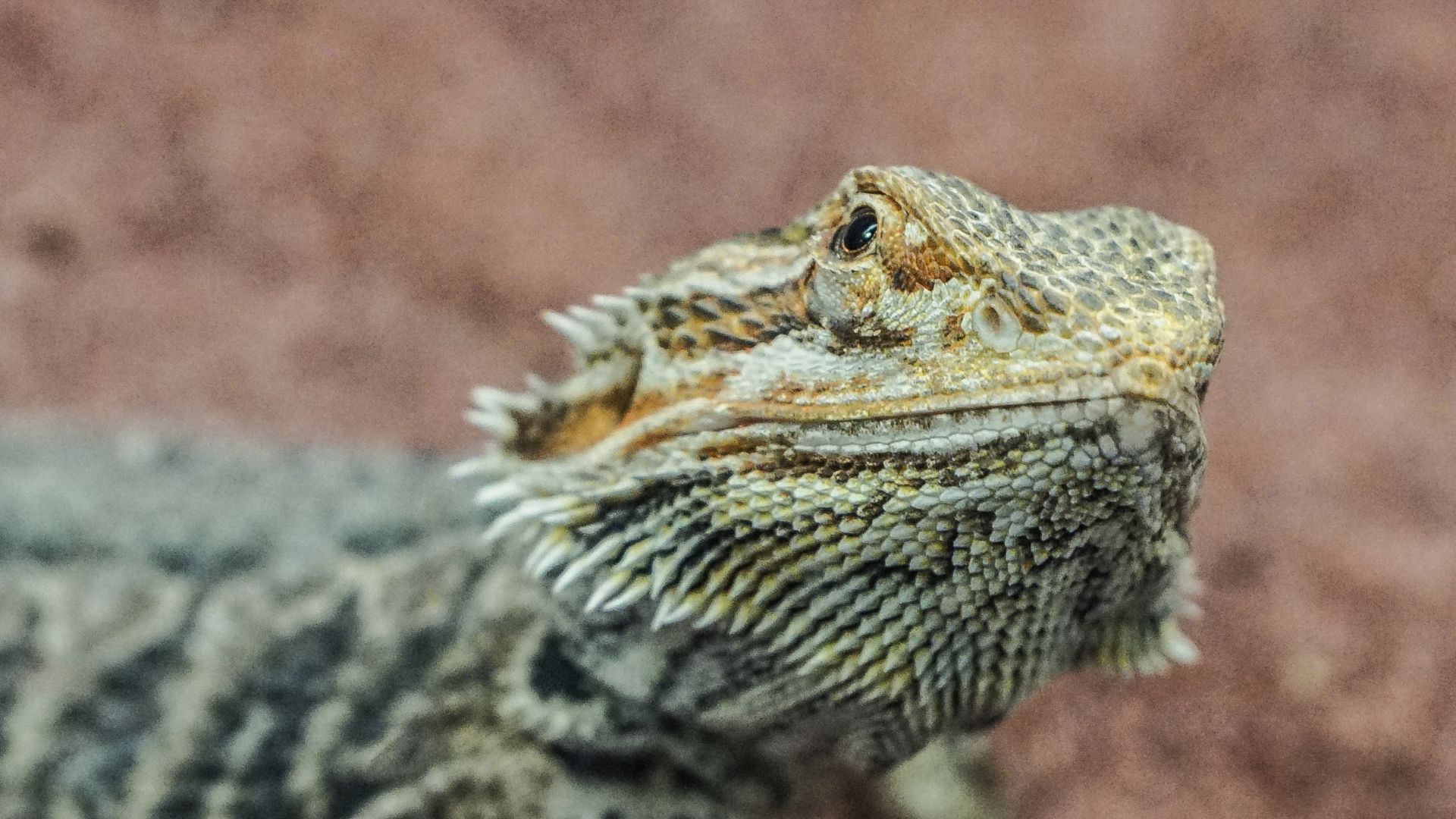
According to the RSPCA, during the cooler seasons, bearded dragons have a tendency to sleep more, eat less, and generally slow down. Some people like to think of this like a type of hibernation, which you might expect from the likes of butterflies and bats. But for lizards, this behavior is called brumation.
23. Book them in with the vets annually

Ideally, your beardie should be taking trips to the vet a minimum of once a year and this should take place before brumation occurs. This way, your vet can check up on your scaly friend’s weight, feces, eyes, and overall well-being.
24. Transport them safely

Along with picking your bearded dragon up with two hands, while giving all four of their feet enough support, when taking your beardie to the vets you’ll need to ensure they’re kept warm and protected.
25. Hiding area
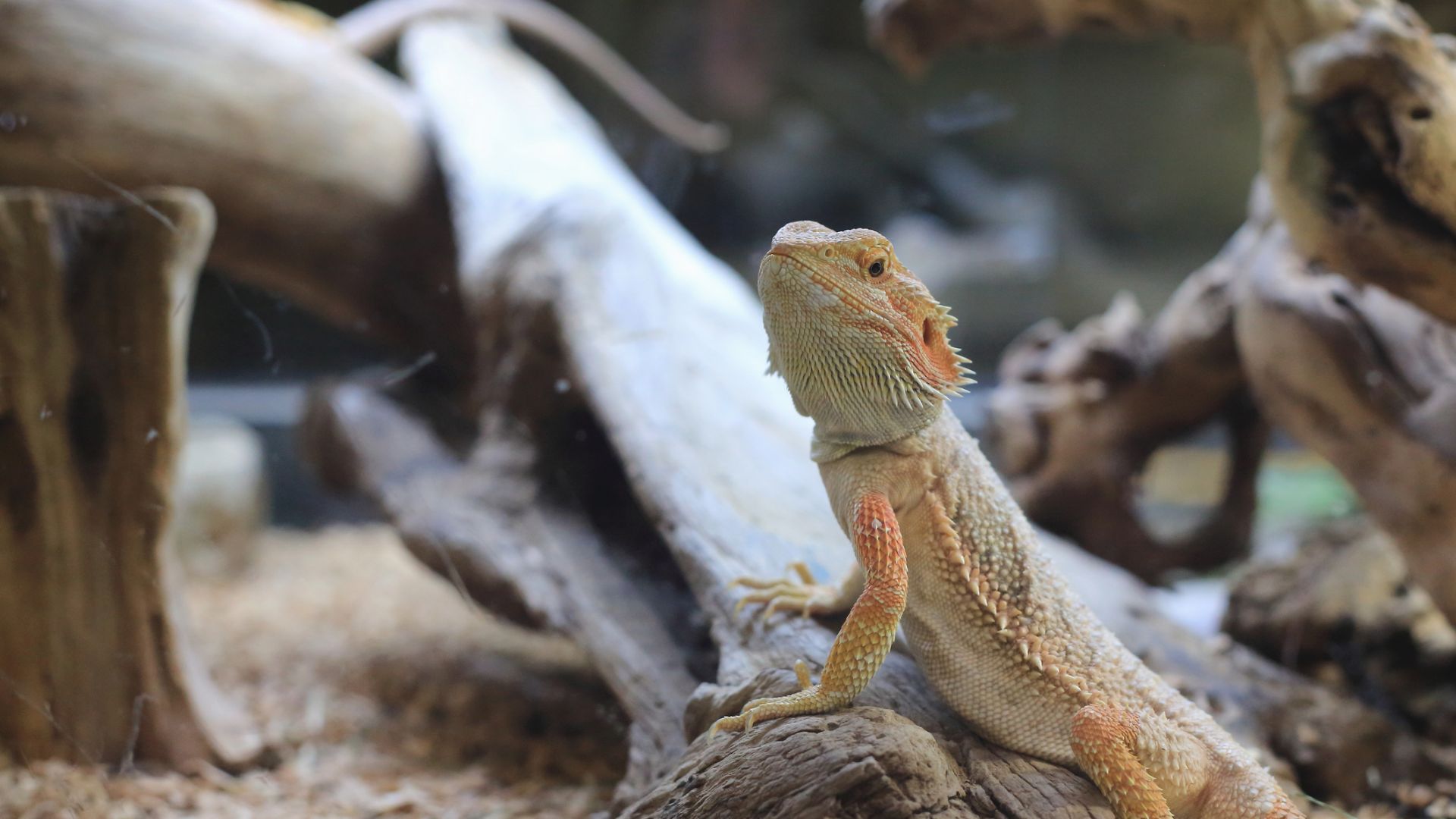
All types of reptiles you can keep as pets will need some sort of hiding area. Providing them with a sense of protection and safety, a hiding spot can also help bearded dragons cool down if they get too hot.
26. Places to climb

Another way to help your bearded dragon feel right at home? By adding some sturdy branches to their space so they can climb to their heart’s content. Another type of enrichment idea for bearded dragons, beardies are natural climbers so they will want to mimic the mannerisms they’d do in the wild.
27. Moss
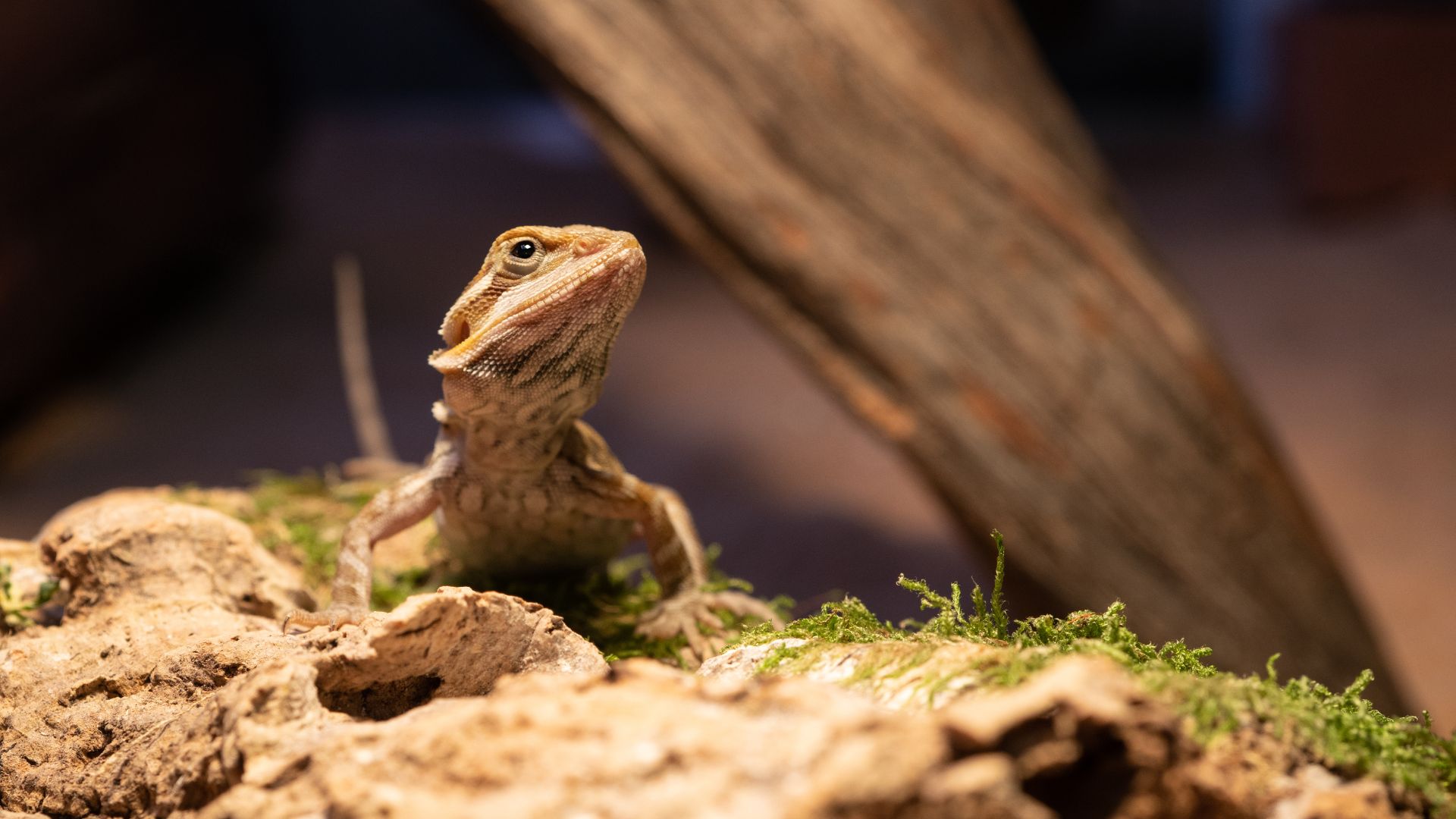
Another form of enrichment, adding moss to your pet pal’s vivarium can help to maintain the right levels of humidity and replicate their natural climate.
28. Add plants
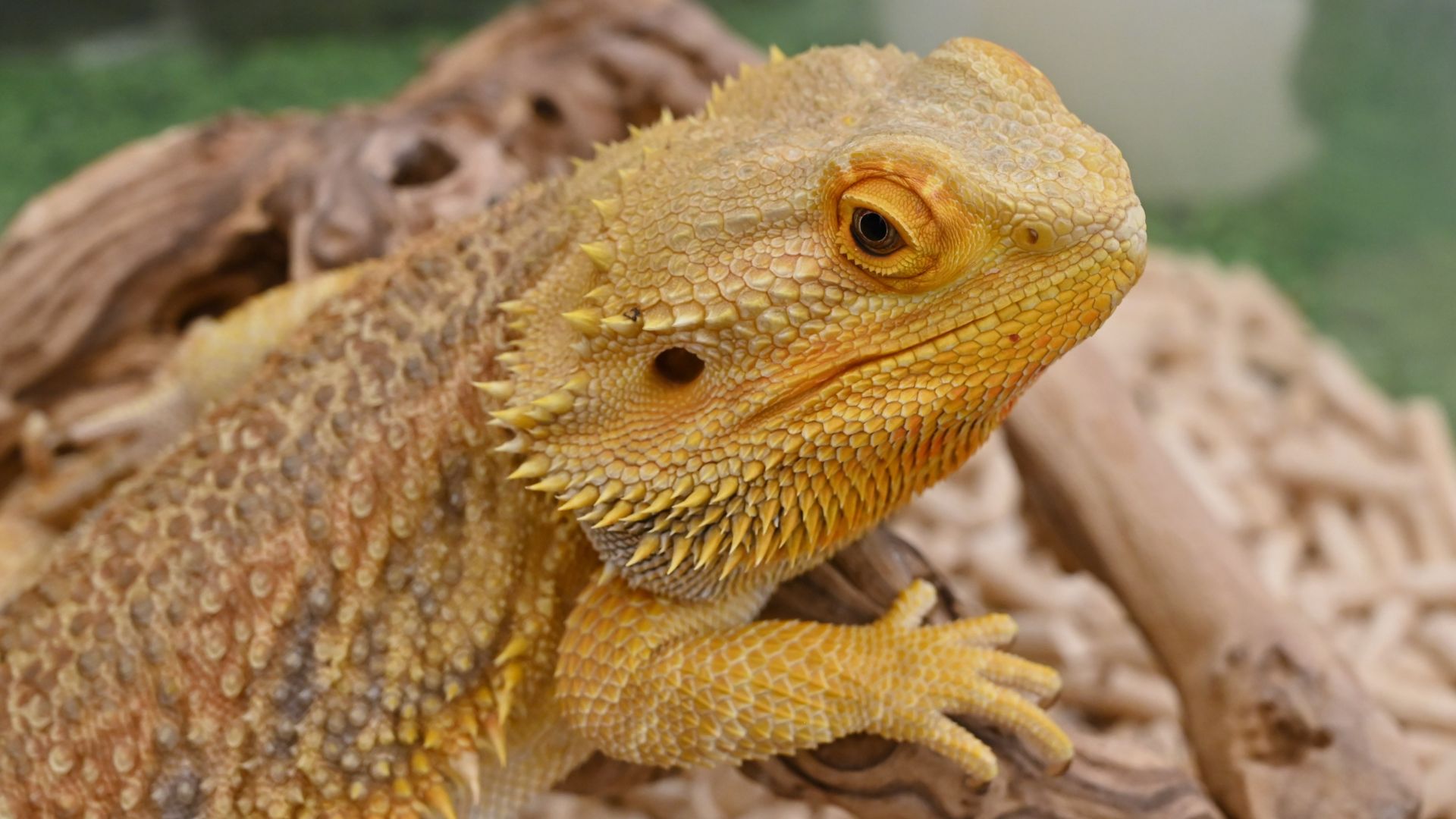
We bring you another source of enrichment for your beloved beardie — live plants. Not only will this help add some greenery to their space but bearded dragons are partial to snacking on them too. They love the popular indoor succulent echeveria, Haworthia, and even Jade plant.
29. Nail care

Bearded dragons like to have their nails looked after as much as the next person. In some cases, your bearded dragon might have enough abrasive materials in its vivarium, like climbing branches, rocks, and natural sand substrate, to keep their nails at a manageable length. But if that’s not the case, you should trim the tips of their nails very carefully.
30. Provide a hot and cool spaces

Bearded dragons are cold-blooded. This means they’re unable to control their own body temperature. To help them do so, they’ll require external heat sources. Therefore, a UV tube light will be required at 10-12% on the hotter side of the vivarium. While the cooler part of their enclosure is 80-90 degrees Fahrenheit.
31. Provide enough fresh water

You’ll know if your bearded dragon is suffering from dehydration. Along with having loose, saggy, and wrinkly skin, they may lose their appetite, feel weak, and have sunken eyes. To avoid this from happening, the general consensus is that bearded dragons should drink roughly 10mL/pound of body weight.
32. Choose a good location where to put them
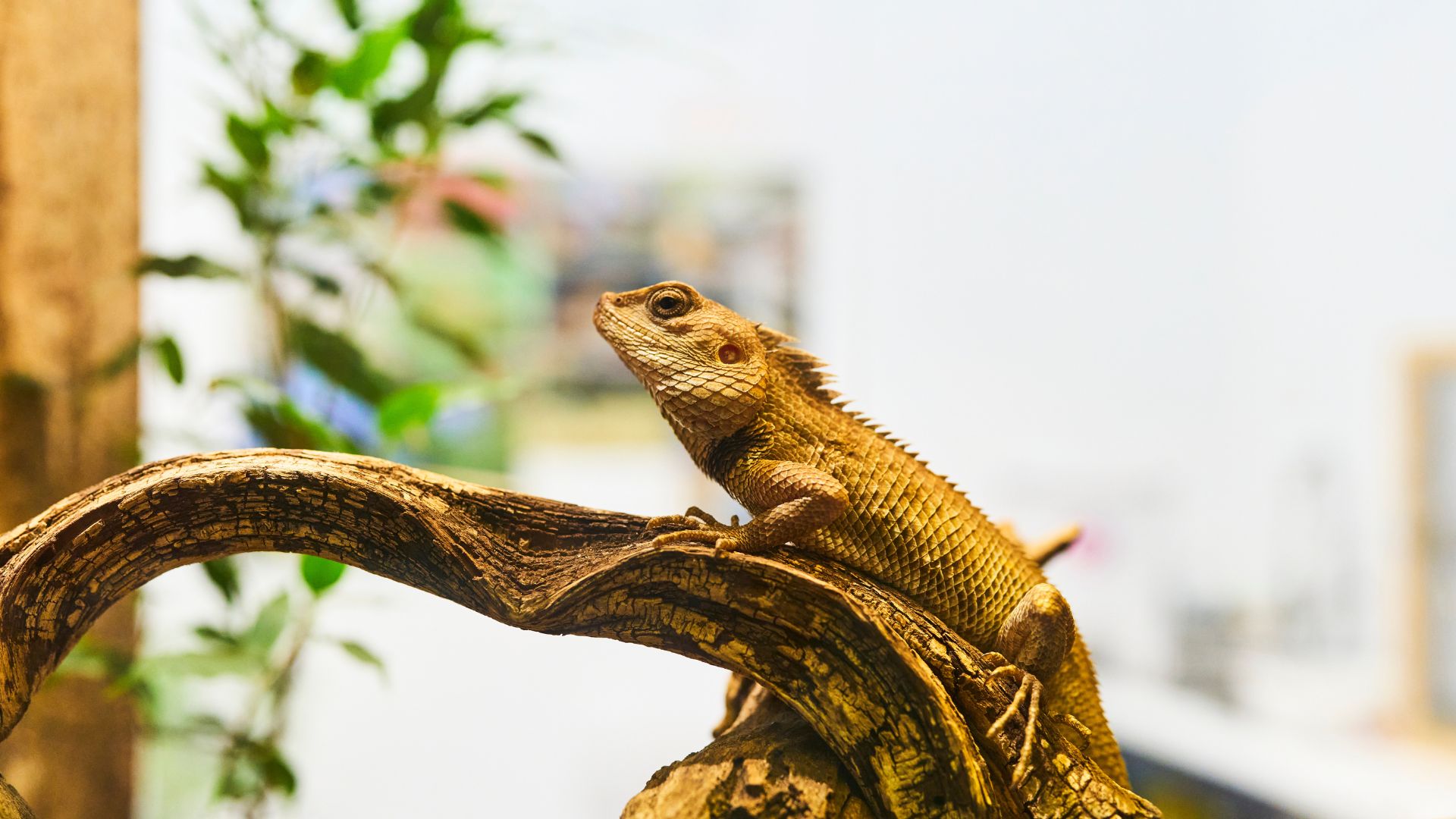
While most beardies won’t mind spending time on your lap or being petted, they will spend the majority of their time in their vivarium. Which is why it’s important to get the location of their home right. Your best bet is somewhere safe and quiet like a corner.
For more advice on looking after your reptile read a guide on bearded dragon care.

Becks Shepherd is a lifestyle journalist who has worked with titles such as Tom's Guide, Marie Claire, and Fit and Well.
In addition to this, she’s a pet writer with nearly a decade of editorial experience across digital and print media. A devoted “dog aunt” and lifelong animal lover, Becks brings a personal touch to her pet content—whether she’s testing the latest dog gear or digging into behavioral tips.
She works closely with veterinary experts to ensure factual accuracy and is currently exploring animal care certifications to deepen her knowledge. Her work has appeared in leading outlets across health, wellness, and pet care spaces.
